Automation in the Construction Industry
-An Evaluation of Emergent technologies on the Gartner Hype cycle
Identifying Challenges in the construction industry and key interests
Automation of mundane tasks
Materiality and efficiency
Bridging the skill gap for new jobs
Evaluating the promise of emergent technologies
Research questions
How far can the act of building be automated ?
Are there recent examples of automating mundane tasks?
Can workers be trained in new techniques or in project specific skills for a team?
Who is this new designer or worker ?
Our focus in the study
A broad overview of trends in Emergent Technologies in architecture and its Relevance in the construction Industry.
Looking for examples that bridge the gap between Construction and Architecture.
A way forward in evaluating emerging technologies.
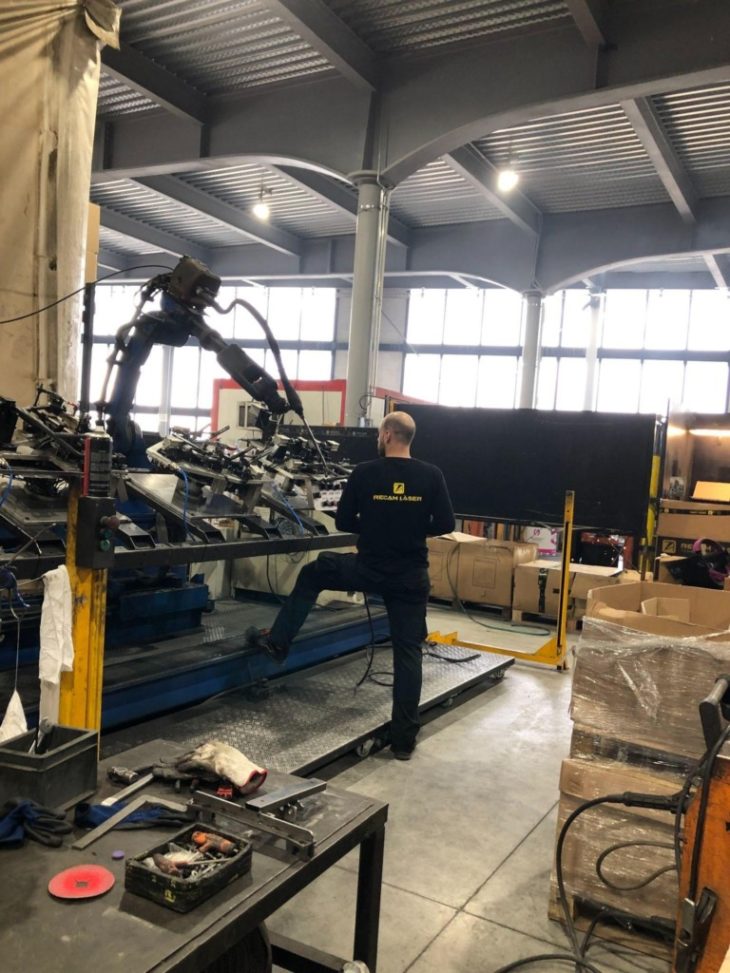
Photo courtesy- Andrea Najera ,IAAC,
Recam laser Photo courtesy- Andrea Najera ,IAAC,
Recam laser – Industrial visit – Industrial visit
The Hype cycle
We required a comprehensive method to evaluate research topics to study, the gartner hype cycle helped us organise this into timelines and expectations.
It rates emerging technologies into distinct periods of growth over time and the perceived interest or expectations of a technology in that particular time period.
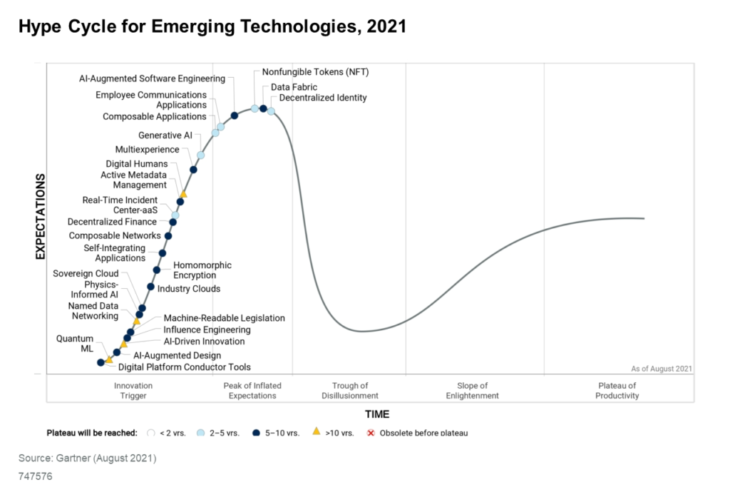
This provides us with a unique insight to make decisions about researching technologies that are early in development and also the crucial information in building prototypes for technologies that are already viable in the market.
Interview Methods
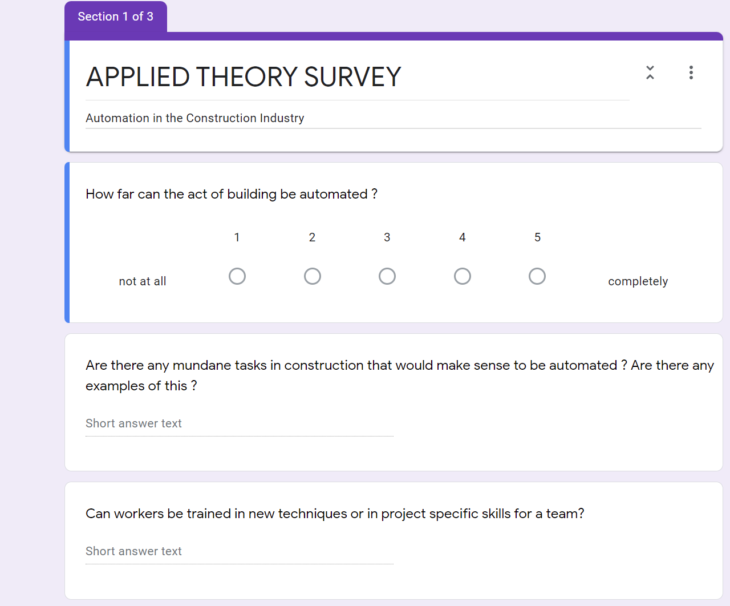
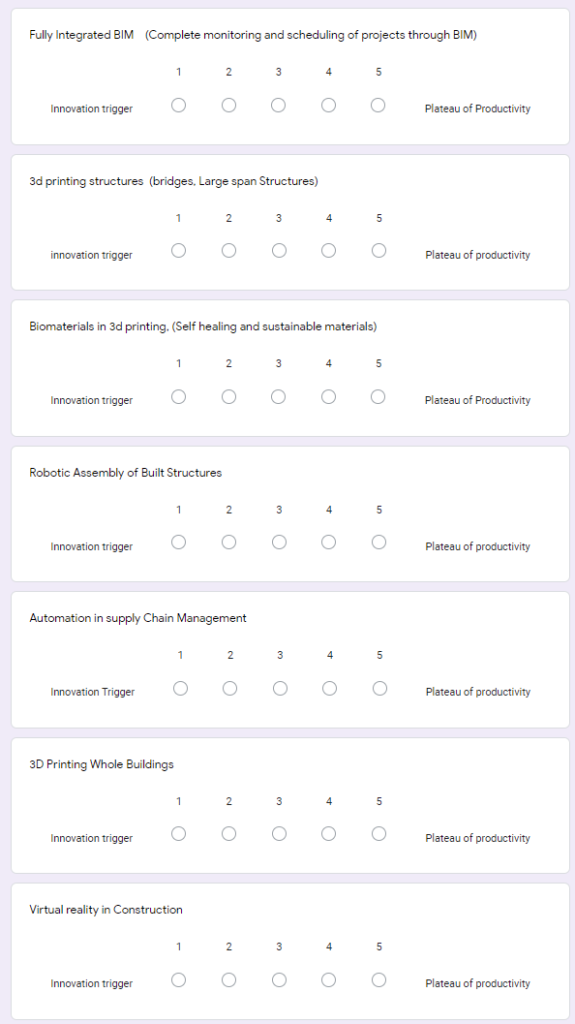

A questionnaire of simple questions on selected topics was organised with a linear rating system for each study topic. Note that the linear scale is just meant to be a qualitative measure, each stage has its own opportunities and investment goals and have to be studied on that basis.
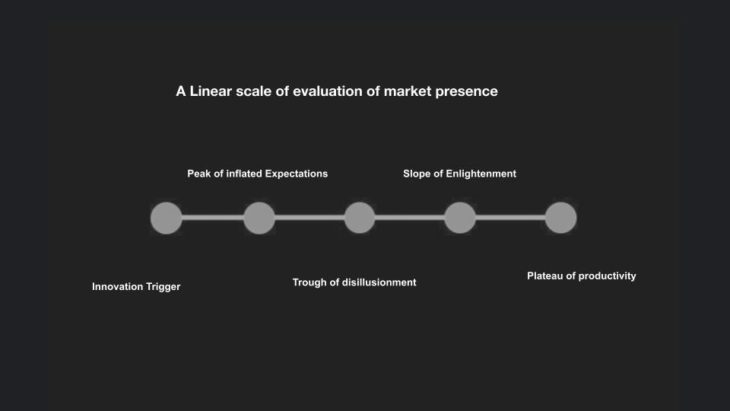
Interviewees
A mixed group of experts using the said technology along with people in the construction industry
Neo Asri Lab Co-Founder
Tim Architect
Yan Architect
Ming Architect
Miao Electrical Engineer
Sam Civil Engineer
Jia Construction Supervisor
Iaac Robotics And 3d Printing Faculty
Aldo Sollazzo Alexandre Dubor Raimund Krenmueller Marielena Papandreou Vincent Huyghe
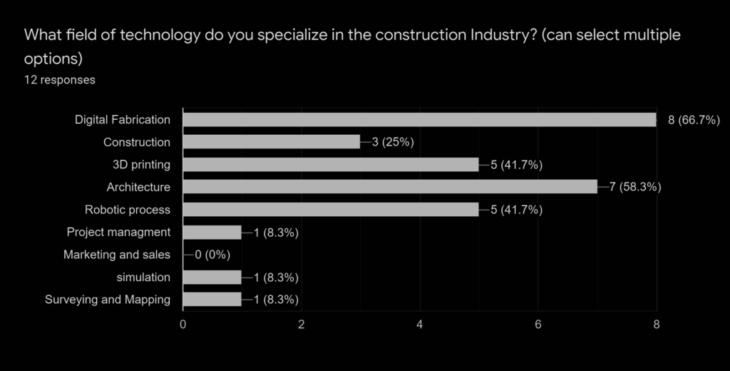
Identifying key projects on the Construction Life cycle
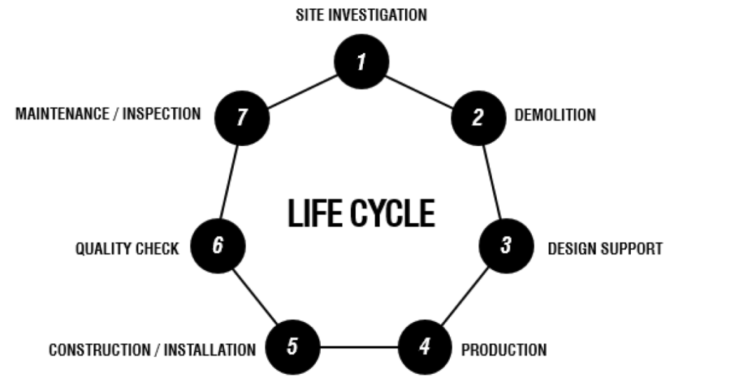
Survey question 1
Are there any mundane tasks in construction that would make sense to be automated ? Are there any examples of this ?
- Supply chain management (optimising workflows and communication throughout the construction cycle) (whole cycle)
- Load carrying, highly repetitive tasks ,Painting and drilling ,(Pain points in construction) (construction & installation)
- On site survey, structural monitoring, on-site assembly?Site Surveying, Construction & installation?
- Tasks for precision & performance (construction & installation, Quality check, Production, Design)
- Predictive generation of residential layouts (Design)
- Prefabricated 3d printed components and onsite assembly (Production, Construction)
- 3D and MultiSpectral Scanning (construction & installation, Quality check, Production, Design)
- Bricklaying, Tiling, Formwork ?construction & installation?
- AI as a complimentary assistant in Design , BIM Integration in design to Construction (Design,Production, Construction)
“The biggest bottlenecks in a building’s production exist in communication between different stakeholders and transfer of data between them. This is the first thing that needs to be resolved. The incompatibility between software and the loss of data through the workflow can cause significant delays.”
Delicate work requiring repetitive tasks and precision can be automated, But a trained workforce or a new class of skilled labor will have to enable this transition.
Can workers be trained in new techniques or in project specific skills for a team?
- A team of workers with relevant skills needs to be developed , taking in mind construction ,design and Industrial requirements for each business.
- Relevant “ continuous learning ecosystems ” in skill training and education need to be improved. Existing automation practices are not regulated and needs an organised framework for innovation and knowledge transfer.
Rating Emergent technologies along the Gartner Hype Cycle
inspiration

Accountability for Emerging technologies for investors and research groups.
We used the graph produced by the newcivilengineer as inspiration to produce a graph that caters to interests in our area of study and practice.
Understanding the Sample Group
A group of experts vs a control group
- Architects and digital fabrication specialists
- Construction professionals
- Surveying and management professionals
- Visual effects artists
- 3d-printing expe
Content of the Survey- Topics of study in building the graph
Identification of key research topics of interest from Research Publications
Such as Fabricate by UCL press and the Conference proceedings of Advances in Architectural Geometry 2016, IAAC Blog.
Offsite construction The manufacturing, planning, design, fabrication, and assembly of building elements at a location other than their final installed location.
Fully Integrated BIM (Complete monitoring and scheduling of projects through BIM)
3d printing structures (bridges, Large span Structures)
Biomaterials in 3d printing, (Self healing and sustainable materials)
Robotic Assembly of Built Structures
Automation in supply Chain Management (throughout the built cycle)
Multiple small robots in construction (termite inspired robots, smaller robots in constructing large built structures) bigger construction)
Automation and internet of things
(Automation of mundane tasks in construction and connectivity, and the use of internet-connected sensors which are placed around job sites or worn by laborers)
Material Programming (materially-informed digital design- 4D printing and self-shaping technologies for wooden structures)
On-site production
(Additive manufacturing technology and robotics in the production of sustainable low-cost buildings that can be built on site with natural materials.)
Collaborative-robotics for Fabrication in Architecture and production
(Human machine collaboration in complex environments)
Augmented materiality
( Design informed by real-time computer simulation combining augmented reality, sensory feedback and robotic fabrication tools, enabling spontaneous design and intuitively managing material process over performance criteria )
Structural Composites in Building Systems.
Accounting for Bias
Differences in Perception within the Architecture and design community vs the construction industry and other control groups,
The Dunning Kruger effect
Experts tend to be pessimistic and underestimate the outcome
Beginners tend to be optimistic and overestimate the outcome
Thereby a weighted average of the pessimistic perspectives of the experts and the optimistic perspective of the layman need to be
accounted for.
Accounting for Confirmation BIas
Reinforcement of ideas favorable to oneself or the field of study
Limitations of the study
This is a qualitative evaluation of select topics of interest in a small group of experts.
Experts tend to be pessimistic in their evaluation.
Results of the Survey

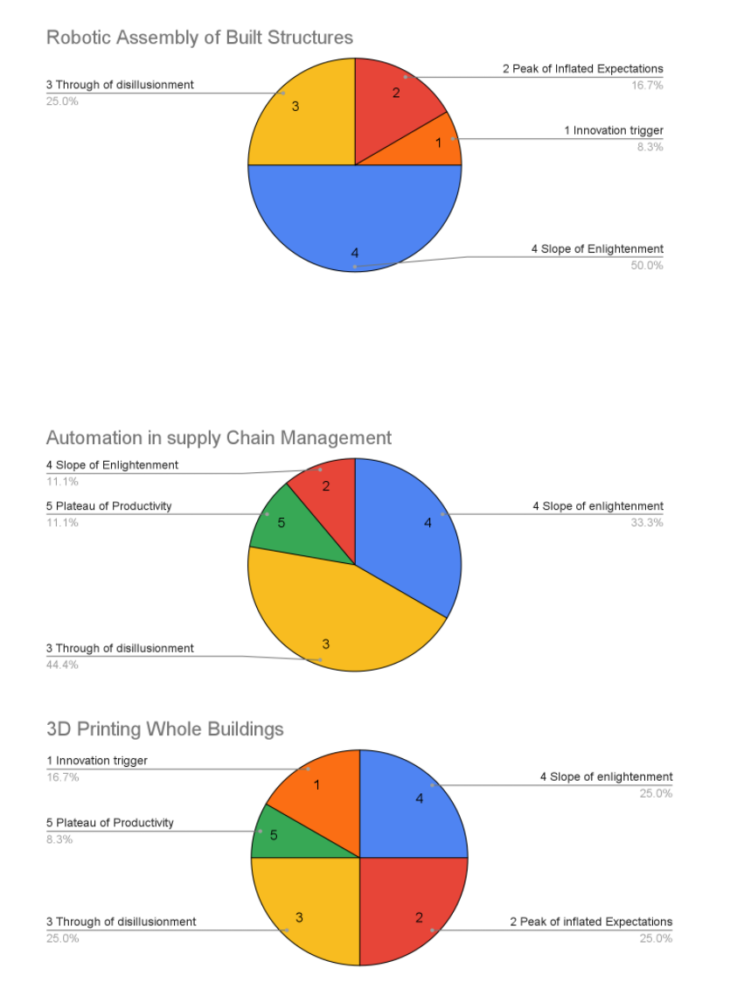
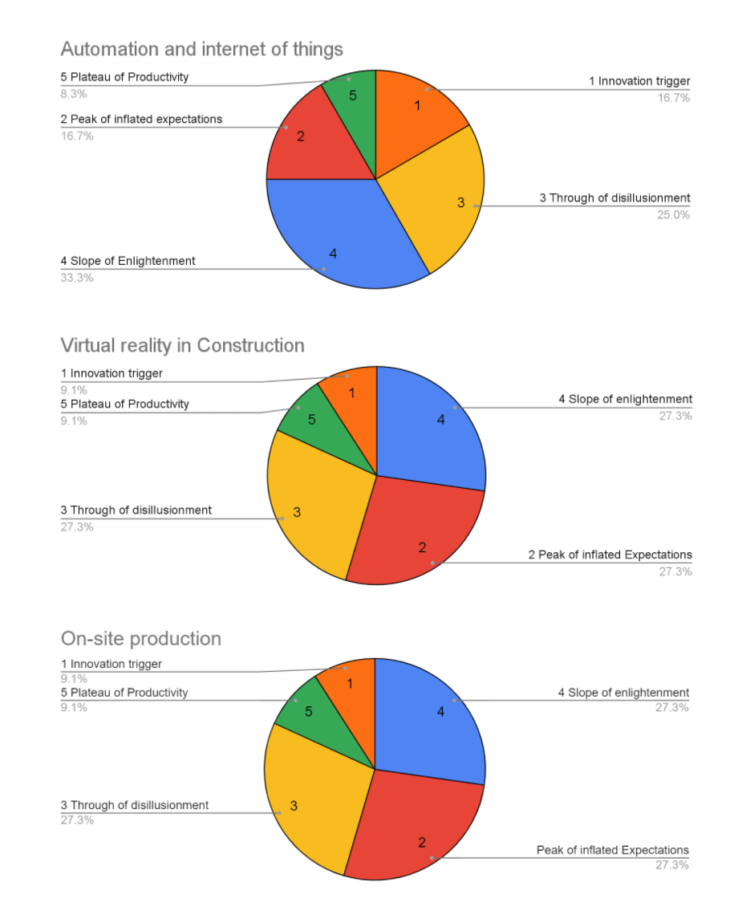
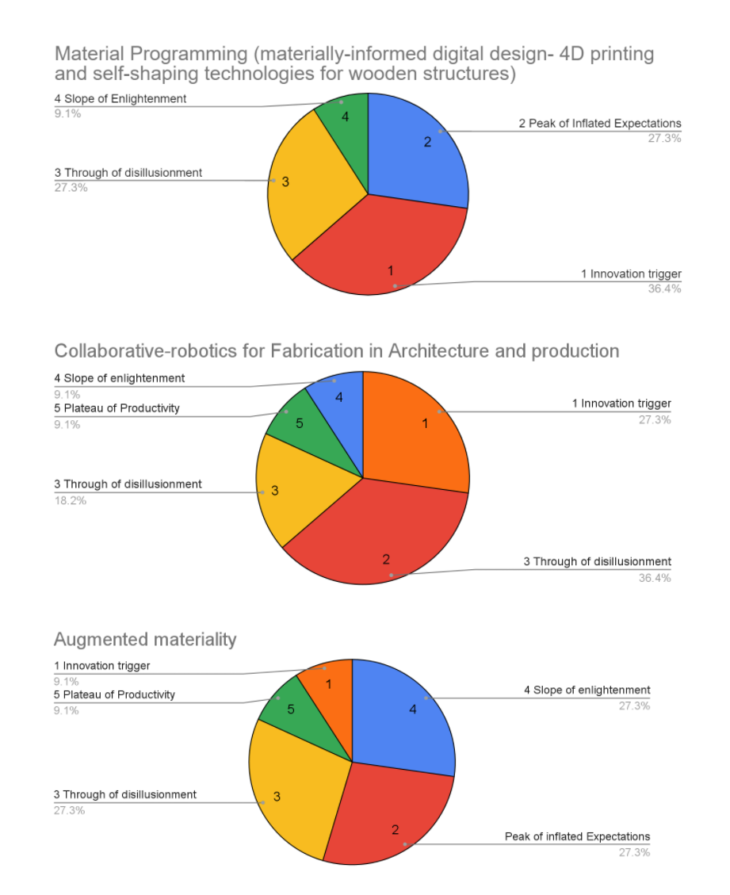
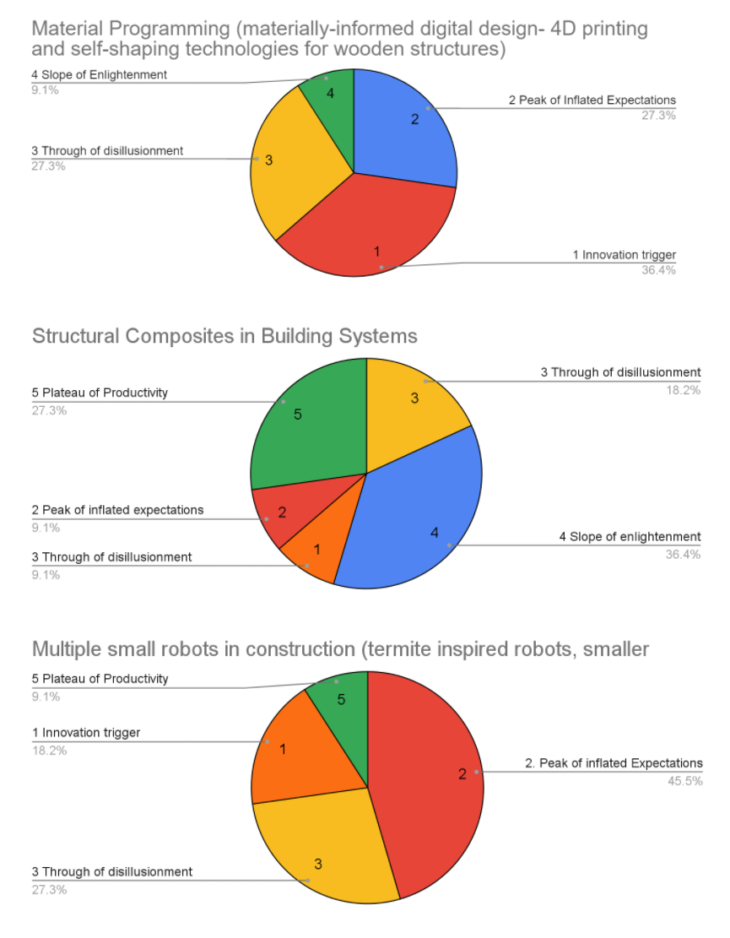
The results plotted on the Dunning Kruger graph
Digital fabrication and Architecture
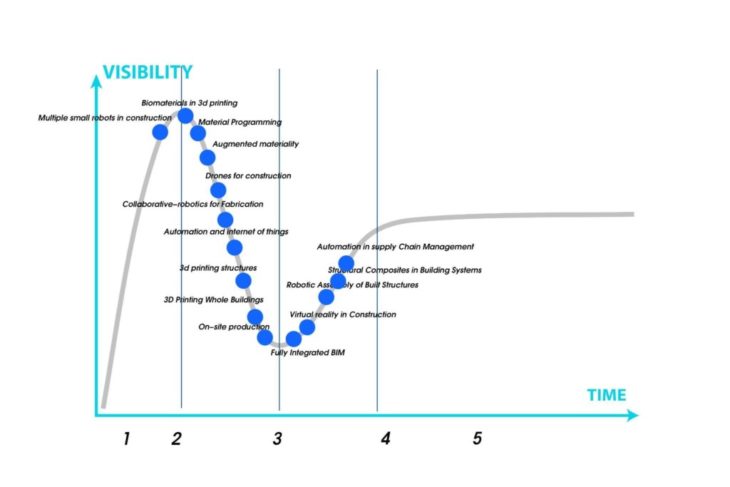
Automation in Supply chain management and robotic assembly of structures are heading towards the slope of enlightenment ,
While biomaterials seem to be an innovation trigger and in the peak of inflated expectations.
Other
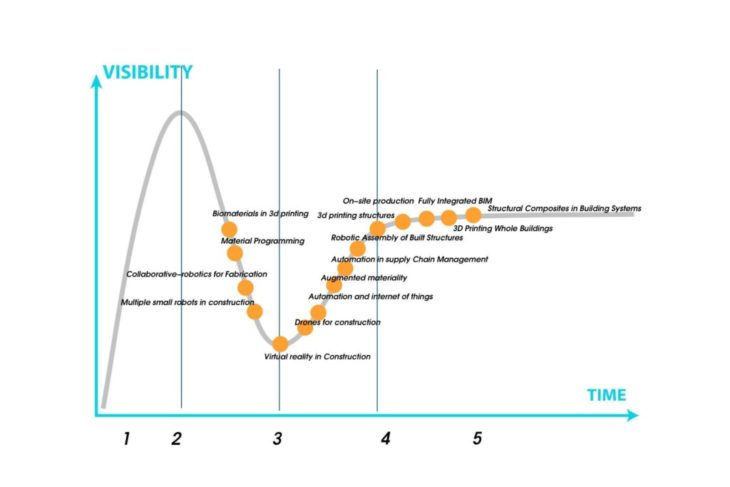
A drastic difference in expectations can be seen between experts and laymen in the field.
3D Printing whole buildings
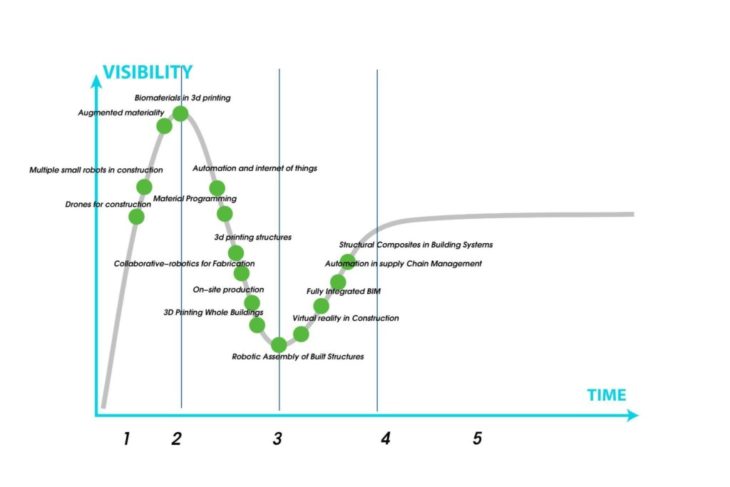
Expectations of the technology seem to be lesser with the 3d printing experts according to the weighted average.
Construction
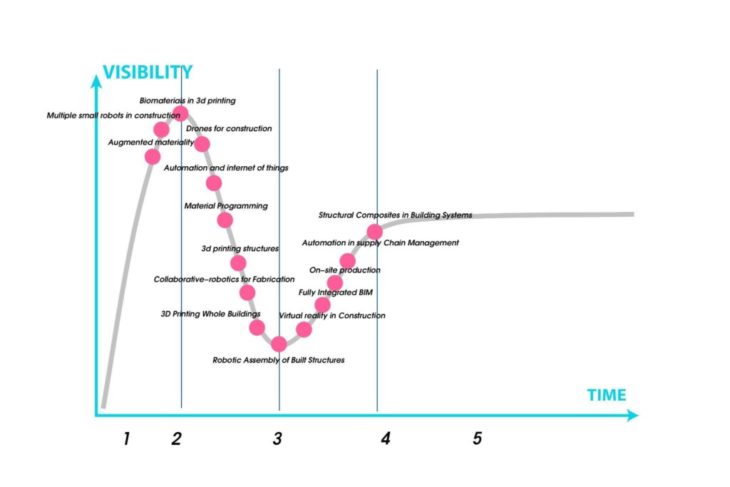
Relatively modest expectations comparable to Architects and digital fabrication experts
Material science
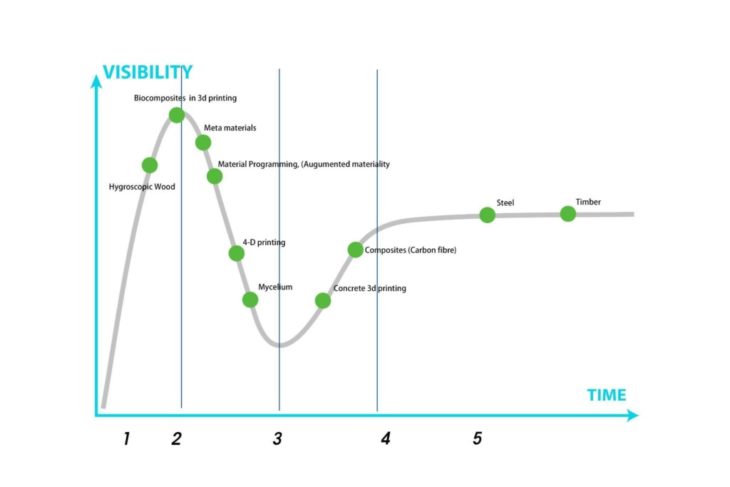
A Speculative graph of materials in Building constrction research
Executive Summary and Background of the Study
The Study aimed at evaluating expectations in Emergent fields of study and evaluate differences in relative expectations between various professionals. We can conclude that expectations are subject to profre
The idea behind the study was to get a perspective of how research topics are perceived by the research community and architects in respect to application or deliverance of the promises of the said technology.
In order to further understand or invest resources in various life cycles of the industry (managing expectations).
The same can be applied to evaluate novel materials and its performance in the market.
The limitations include
This is a graphical appreciation and is subjective to different groups of people.
Accounting for bias by increasing the sample size and access to different fields of expertise and independent research groups
Biases to counter in the study
Anecdotal fallacy, Omission BIas, Confirmation bias,Zero sum bias
References
Concrete Fabrication by Digitally Controlled Injection …………. 139 Ryan Wei Shen Chee, Wei Lin Tan, Wei Hern Goh, Felix Amtsberg, and Stylianos Dritsas
Sub-Additive 3D Printing of Optimized Double Curved Concrete Lattice Structures 242 Christopher A. Battaglia, Martin Fields Miller, and Sasa Zivkovic
FIBERBOTS: Design and Digital Fabrication of Tubular Structures Using Robot Swarms
Fabricate 2020 conference proceedings UCL press
https://www.gartner.com/en/research/methodologies/gartner-hype-cycle
https://www.iaacblog.com/
Project accreditation
This is a project of IAAC, Institute for Advanced Architecture of Catalonia developed at Master in Robotics and Advanced Construction in 2021/2022 by students: Huanyu Li, Libish Murugesan and faculty: Mathilde Marengo